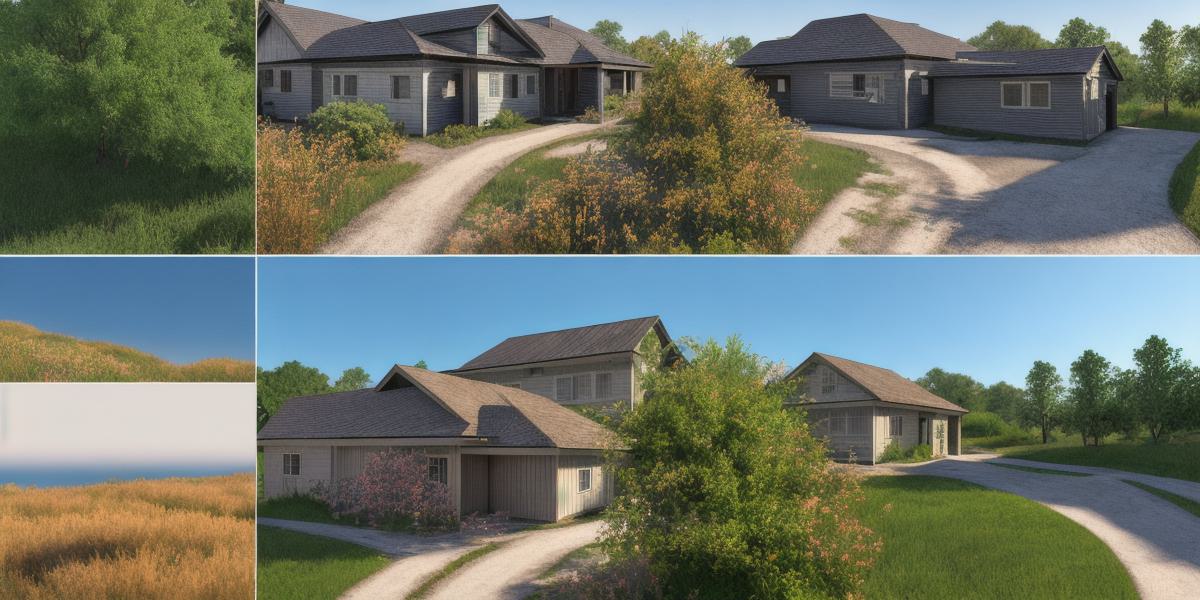In recent years, artificial intelligence (AI) has transformed the way we create 3D models from images. With the help of machine learning algorithms, it is now possible to convert 2D images into 3D models with high accuracy and efficiency. In this article, we will explore how you can use AI to transform images into 3D models using a Github solution.
Before diving into the technical details, let’s first understand what 3D modeling is all about. 3D modeling refers to the process of creating three-dimensional digital representations of objects or environments. Traditional methods of 3D modeling require artists to create 3D models from scratch by manually designing and shaping them in specialized software. However, with the advent of AI, it is now possible to automate this process and convert images into 3D models.
To get started with transforming images into 3D models using AI, you will need to have a Github account. Once you have created an account, you can navigate to the following repository: https://github.com/LiuYuan/image_to_3d. This is where you will find the code for transforming images into 3D models using AI.
The code is written in Python and uses deep learning libraries such as TensorFlow and Keras to convert 2D images into 3D models. You can run the code directly on a local machine or use a cloud-based platform such as Google Colab to execute the code. The output of the code will be a 3D model file in the OBJ format, which you can import into any 3D modeling software.
Let’s take a closer look at how the AI algorithm works. The algorithm uses a convolutional neural network (CNN) to extract features from the input image and then maps these features to a 3D space. This process is called depth estimation, and it involves predicting the depth of each pixel in the input image. Once the depth information is available, the algorithm can reconstruct the 3D model by triangulating the pixels and creating a surface mesh.
One of the benefits of using AI to transform images into 3D models is that it can significantly reduce the time and effort required for manual 3D modeling. With AI, you can convert 2D images into 3D models in minutes, while traditional methods may take hours or even days. Additionally, AI algorithms can produce more accurate and detailed 3D models than humans can create manually.
To illustrate how the AI algorithm works, let’s consider an example. Suppose you have a photograph of a car. You can use the Github solution to convert this image into a 3D model by simply uploading the image file to the server and running the code. The output will be a 3D model file that you can import into any 3D modeling software, such as Blender or Maya.
In conclusion, transforming images into 3D models using AI is a powerful tool for 3D developers. With the help of machine learning algorithms and Github solutions like this one, it is now possible to create high-quality 3D models from 2D images with minimal effort. As AI technology continues to improve, we can expect even more advanced and efficient 3D modeling solutions in the future.
FAQs:
-
How accurate are AI-generated 3D models compared to manually created 3D models? AI algorithms can produce highly accurate and detailed 3D models with minimal errors. However, there may be some limitations when it comes to certain aspects of the object or environment being modeled.
-
Can I customize the output of the AI algorithm to create 3D models that are tailored to my specific needs? Yes, you can modify the input image and adjust the parameters of the algorithm to produce a 3D model that meets your requirements.
-
How long does it take to convert an image into a 3D model using the Github solution? The conversion process takes only a few minutes, depending on the complexity of the image and the hardware used for processing.
